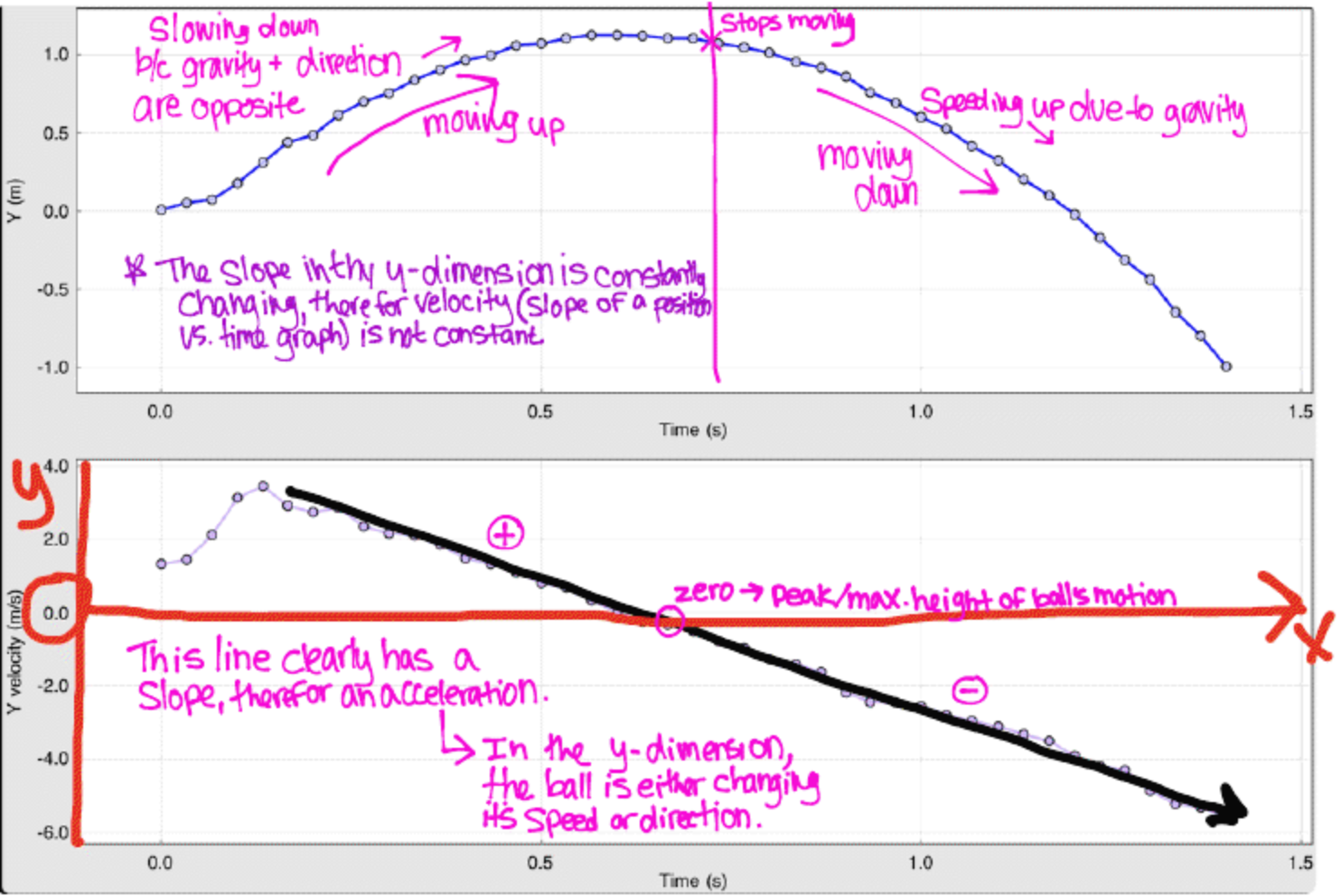What does "2D" mean anyway?
Forces in two dimensions is a fancy way to say that we are analyzing some type of scenario and remembering that the situation is not just flat on a piece of paper. Two dimensions can be thought of as a diagonal line, which has an x and y component, or a North/South (vertical) and a West/East (horizontal) component.
How can we get something to move in a circle?
It's funny to me how something as simple as running in a circle, or swinging a hover disc around on the ground can be related and so similar to things orbiting in space. This is impossible because both scenarios have the same physical idea that to get something to move in a circle, there must be a force towards the middle of the circle or orbit. Let's think about that. If we have a hover disc that is turned on (to get rid of the friction with the ground) and we are holding the string attached to the top of it, how do we make it orbit around where we are sitting? In this week's lab, we discovered that by exerting a force on the string and pulling it towards us, the hover disc began to orbit us in a circle. As you can see in the picture below, the force is being exerted towards the center of the hover disc's path. Note that the diagonal lines show a two dimensional force with an x and y component.

What does it mean to be in orbit?
This central idea about forces towards the center of an objects orbital path applies to satellites and even planets orbiting in space. Regarding the International Space Station in space, the Earth's force of gravity is still acting on it, pulling it towards the center of Earth. But then why are people in the space station floating and appear weightless? Because of the speed the station in traveling at, it is in constant free fall. Since the Earth is round, the space station appears to be orbiting the Earth, when it is really falling while being pulled to it's core.
 Here's a photo of our first ideas of what a projectile is and how the X and Y dimensions play a significant role in understanding the path of a projectile's motion:
Here's a photo of our first ideas of what a projectile is and how the X and Y dimensions play a significant role in understanding the path of a projectile's motion:



